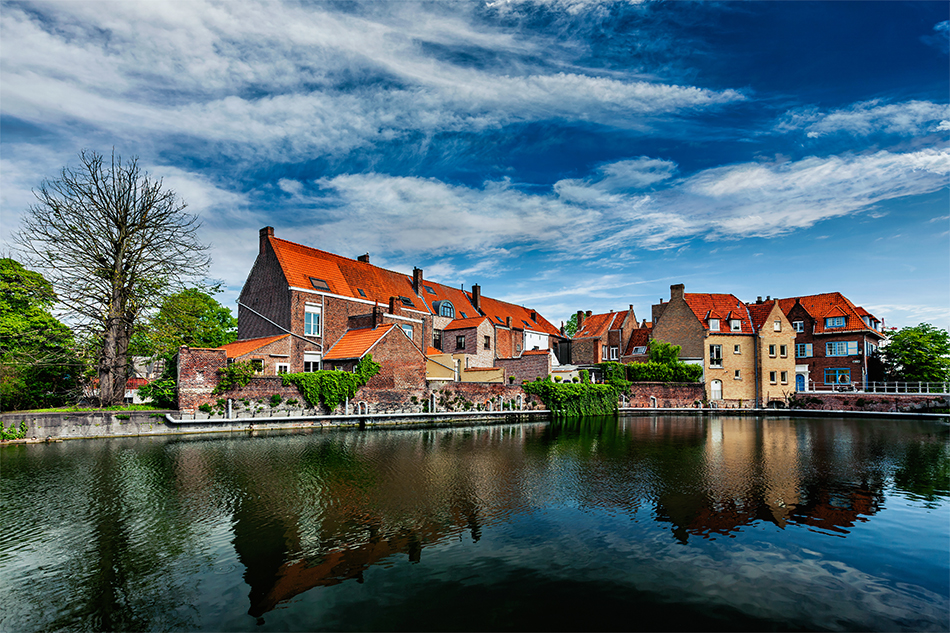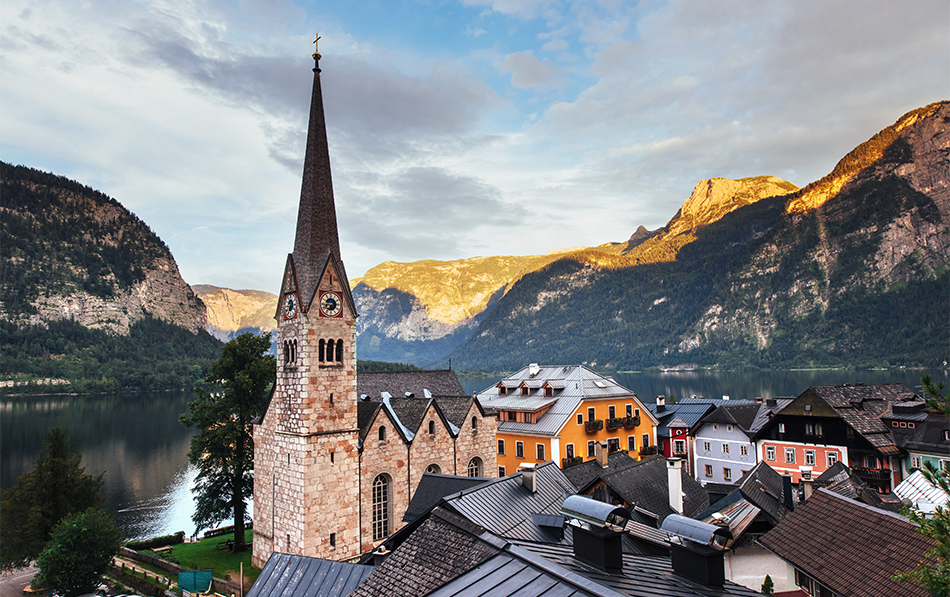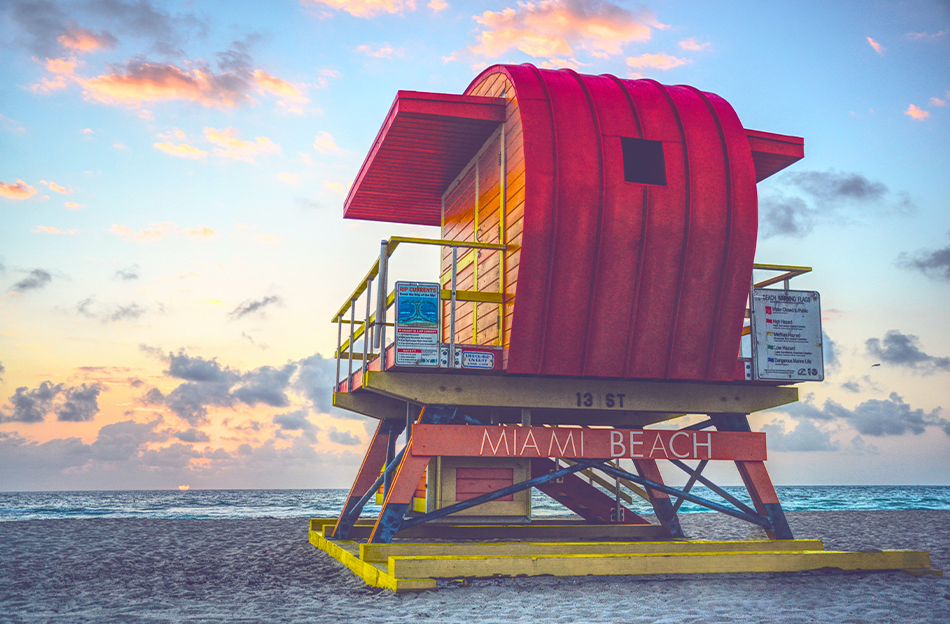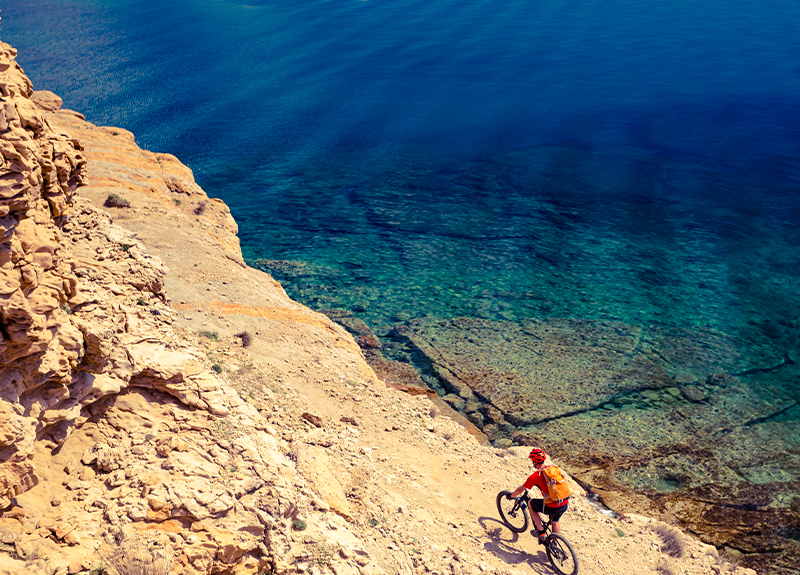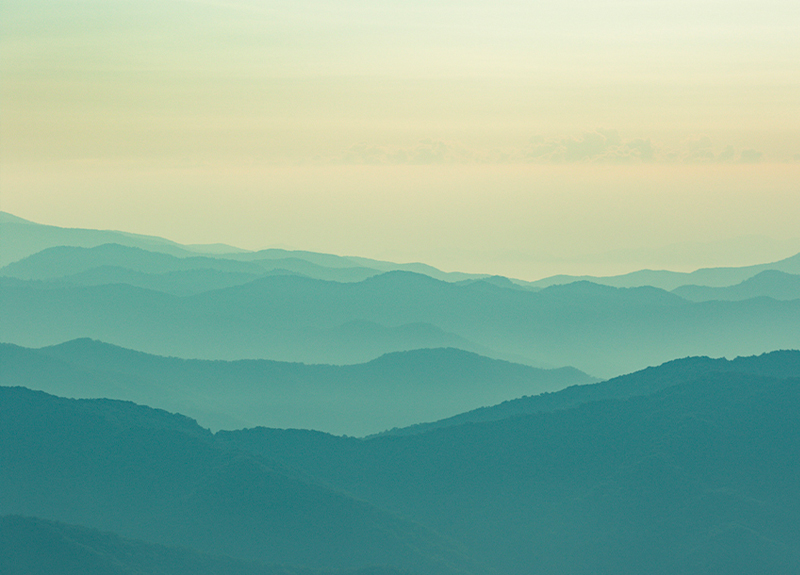
10 Best U.S. National Parks for Vacation in Spring
Spring can be challenging to visit the United States' national parks. Some aren't fully open until the end of the season, while others punish visitors with rain and mud. On the other hand, these national parks are ideal in March, April, and May, when they are ablaze with blossoms, gushing with waterfalls, and teeming with baby animals and other springtime delights.
1. Mammoth Cave National Park, Kentucky
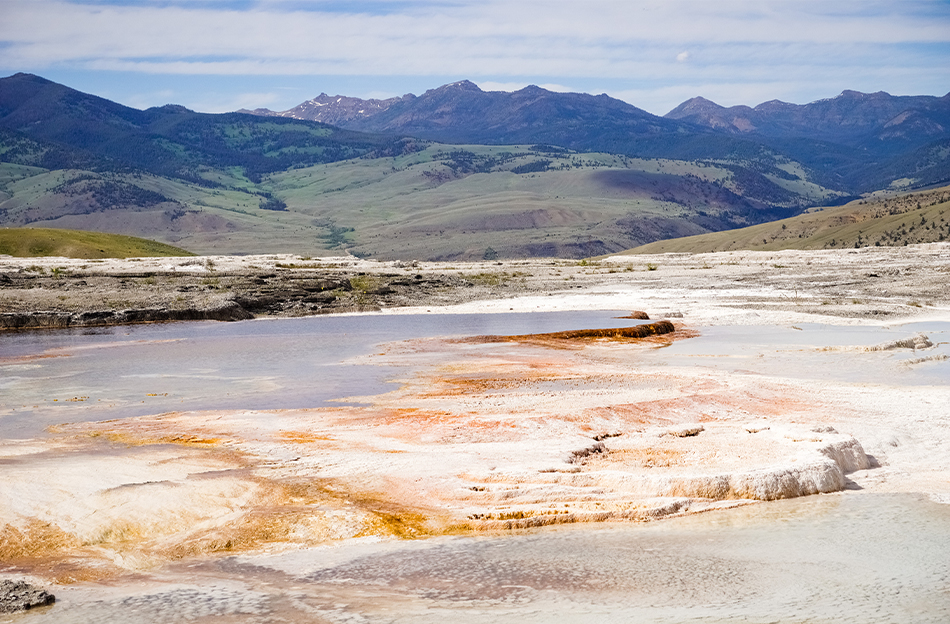
Mammoth Cave, the world's most extended mapped cave system, is enjoyable all year because the air inside is consistently comfortable and dry, which is why it was once used as a tuberculosis ward.
The caves are so strange and wonderful that they were designated a UNESCO World Heritage Site in 1981 for the 130 cave-specific species found here, including bats, salamanders, and an inch-long translucent shrimp. Fourteen of the species found here are unique to the planet.
The human history of the caverns is also fascinating. According to artifacts and rock drawings, prehistoric people began using these tunnels around 5,000 years ago, and Native Americans mined the site for minerals around 1,200 years ago. However, no one knows how they used what they excavated.
2. The Guadalupe Mountains National Park, Texas
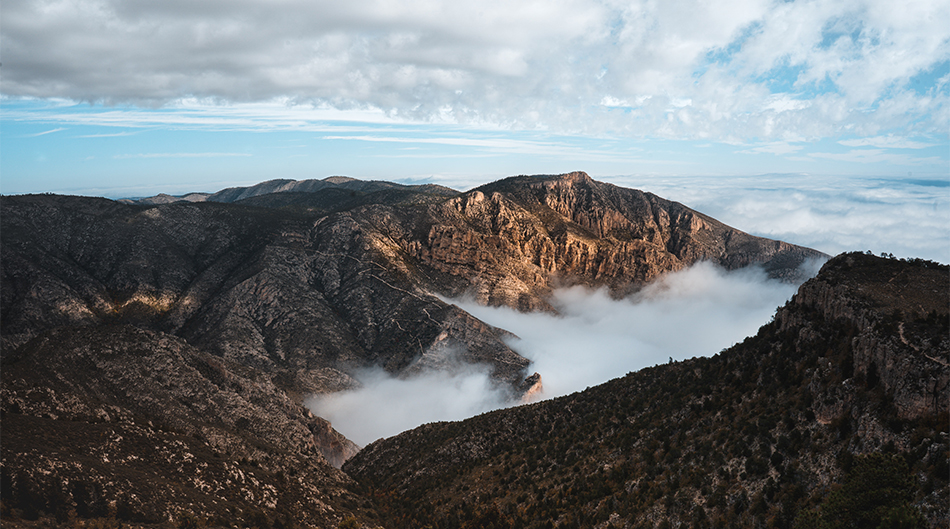
Guadalupe is a geologic wonder that will celebrate its 50th anniversary as a national park in 2022. Initially, the park's bottom of a shallow sea protects a 12-mile exposed stretch of the fossilized remains of a 400-mile reef that mainly was buried 250 million years ago—the world's most significant such relic.
Its limestone mountains resemble the Dolomites in Italy, contain four of its highest peaks, and are popular with hikers. This remote wilderness has little light pollution, making it yet another sublime location for some of the best stargazing in the country.
Smith Spring is a green oasis in the desert that birds rely on, such as white-winged doves, northern mockingbirds, and other migrating species. Guadalupe Mountains National Park is a popular destination for birders, especially in the spring, when warblers and orioles can be seen winging their way through. Hiking and horseback riding are two other popular activities.
3. Death Valley, California
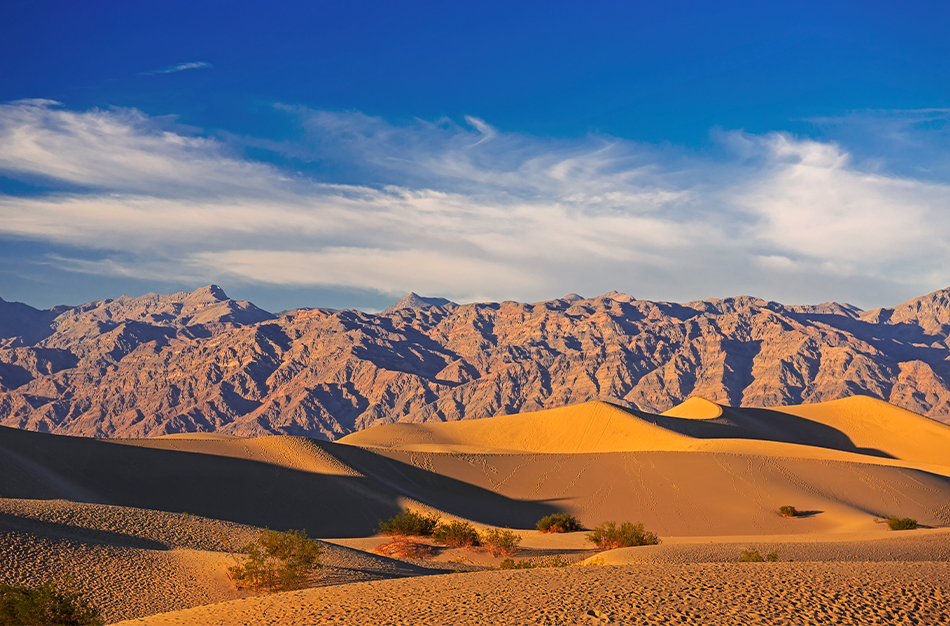
Super blooms, an unusual phenomenon involving many wildflower seeds germinating and blossoming in the desert after unusually wet weather, do not occur every spring in Death Valley. In average years, however, the spring blossoms are spectacular, softening and brightening the landscape in one of the most foreboding places on the planet.
Mountain storms can cause sudden and dangerous flooding, and in the summer of 2021, the temperature rose to 54.4 degrees Celsius, the highest temperature ever certifiably measured on our planet.
However, when the blooms burst forth from the ground in the spring, the park named after the Grim Reaper can appear downright cheerful. This vast national park, the largest in the contiguous United States of America, is also a place of surprising diversity, with salt flats, badlands, dunes, valleys, canyons, and mountains to explore.
4. Theodore Roosevelt National Park, North Dakota
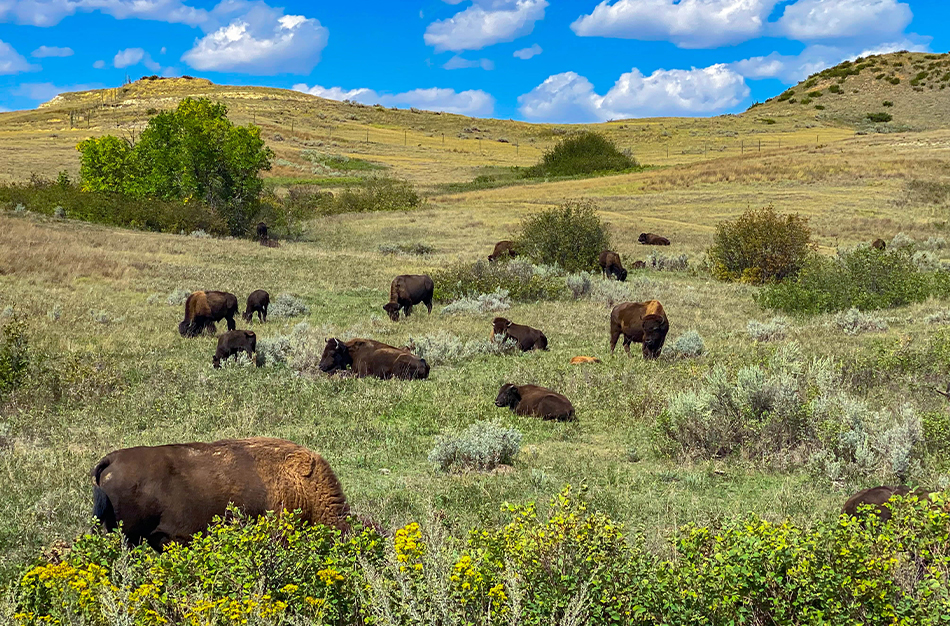
The park is divided into the North Unit and the South Unit, linked by the Little Missouri River and the Maah Daah Hey Trail. Elkhorn Ranch, in the center, was purchased by Roosevelt in 1884 to enjoy what he proudly called "the strenuous life."
Roosevelt's legacy lives on in this beautiful wild place, the only nature-oriented national park in the United States named after a person.
5. Joshua Tree National Park, California
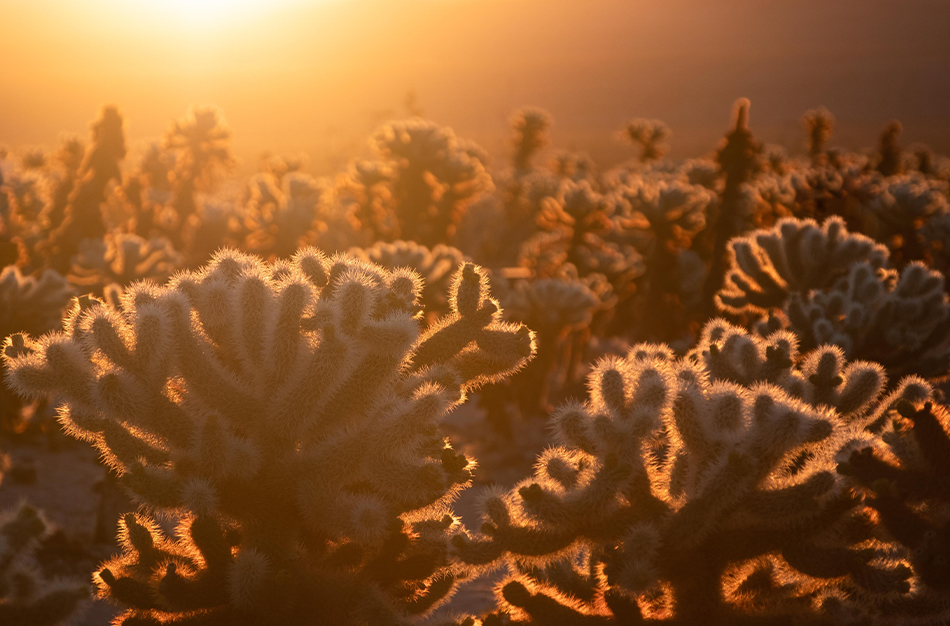
These Seussian trees sprout neon-colored flowers for a few weeks in the spring. Purple, bright red, vivid blue, and yellow petals stand out against the primarily dune-colored landscape. Joshua Tree seeds can lay dormant in this desert for years before sprouting into a plant.
In general, plants at lower elevations flower at the end of February, but most Joshua Trees bloom in March and April. It's a spectacular sight.
Joshua Tree isn't just about the trees, though they are a big draw. It is also a popular climbing destination, with high-lining, slack-lining, and bouldering activities. Mountain biking, four-wheeling, horseback riding, and stargazing are other activities available.
6. Yellowstone National Park, Wyoming, and Montana
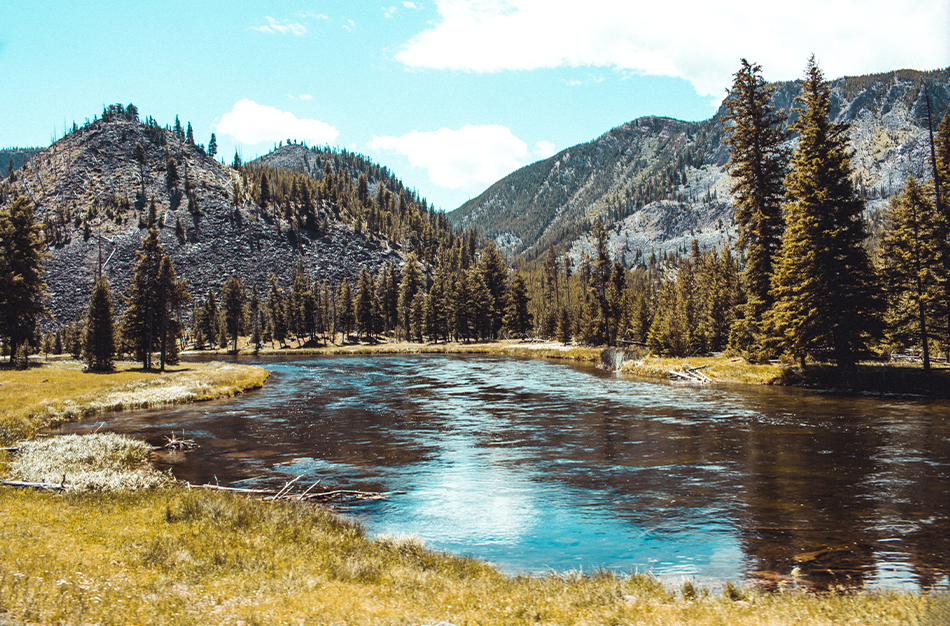
The big reason for a spring visit to the U.S. national park is baby animals. This park has the most excellent wildlife density in the lower 48 states.
Baby bears were taught how to survive in the wild by their mothers in the spring. Wolf pups are typically born in March and April, and they're so entertaining to watch—if you can spot any with your binoculars. Bighorn sheep have one to two lambs per year, usually in May or June.
Aside from wildlife viewing, geyser gazing is a popular activity at Yellowstone all year. However, tender blossoms can be seen in the spring fringing the sulfuric pools. The park is roughly the size of Connecticut, and it contains a variety of ecosystems, so the possibilities for exploration are endless: fishing, hiking, biking, horseback riding, boating, and more.
7. Capitol Reef National Park, Utah
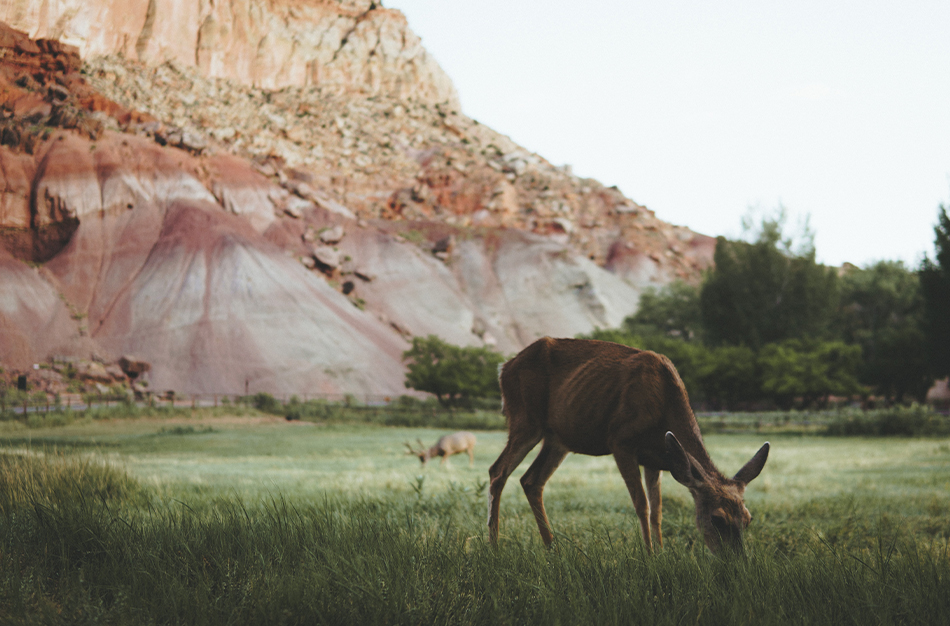
In late spring, visitors can sample rare, heirloom varietals of the most delectable cherries and apricots they've probably ever tasted. Some orchards allow self-picking, which can be fun for the whole family. It's an ambrosial experience to see and smell the blossoms that precede the fruit in April.
The park was named after the resemblance of its sandstone domes to capitol building rotundas; the park's eastern end is known as Cathedral Valley due to its towering rocks. Some of the stones are covered in petroglyphs carved by the Fremont people between 300 and 1300 years ago.
8. Great Sand Dunes National Park, Colorado
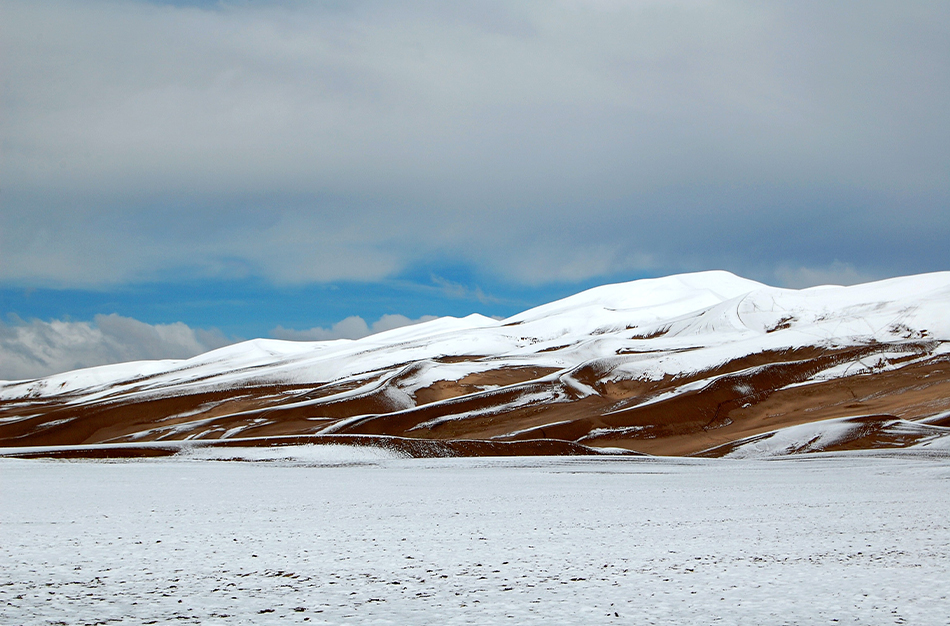
The New River Gorge National Park, which spans 70,000 acres, is home to various wildlife, including bald eagles, great blue herons, kingfishers, osprey, beaver, mink, muskrat, river otters, black bears, fox squirrels, aquatic turtles, and more.
The New River's elevation drops 750 feet in 50 miles, making for fantastic whitewater rafting terrain, and spring is when the water is at its most swollen and swift, making conditions ideal.
Whitewater rafting is excellent at New River, but it is only one of many outdoor activities that draw visitors. Others come for SUP, kayaking, canoeing, and catch-and-release fishing. Hiking, biking, and hunting are examples of land activities.
9. Great Smoky Mountains National Park, Tennessee and North Carolina
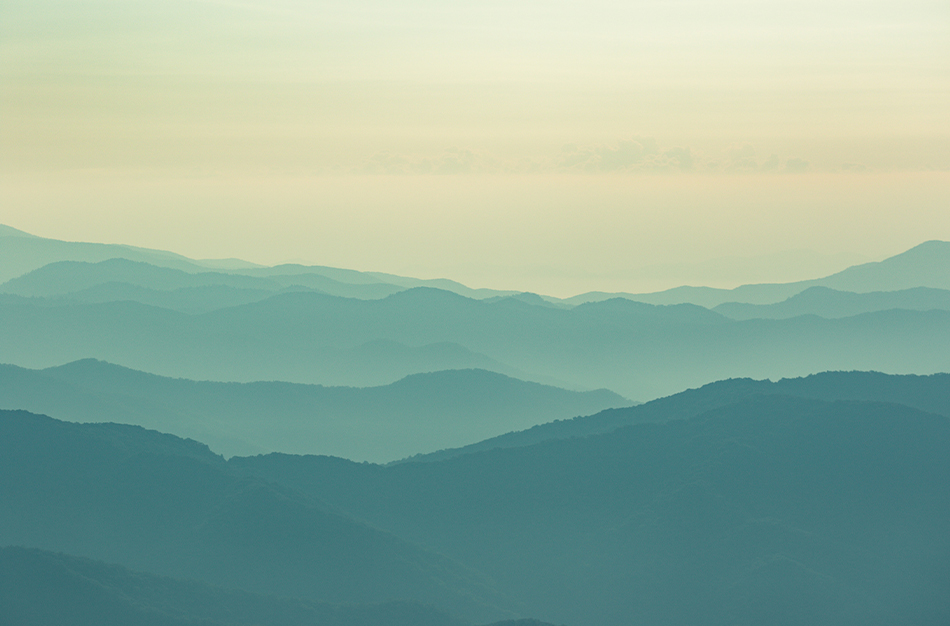
The Great Smoky Mountains National Park is also known as the Wildflower National Park. It has hosted an annual Spring Wildflower Pilgrimage since 1950, a week-long event that includes guided walks, photography and art classes, and science talks.
Among the flora are approximately 1,500 flowering species, many of which colorfully erupt from the ground when the snows melt.
However, flowers are only the beginning of the variety found here. Explore these mountains, and you'll find 50 different kinds of ferns, 80 different types of reptiles and amphibians, 200 different kinds of birds, nearly 70 different kinds of native fish, and 65 different kinds of mammals.
Because snowmelt gives the park's waterfalls their weight, springtime is ideal for hiking or driving to them.
10. New River Gorge National Park, West Virginia
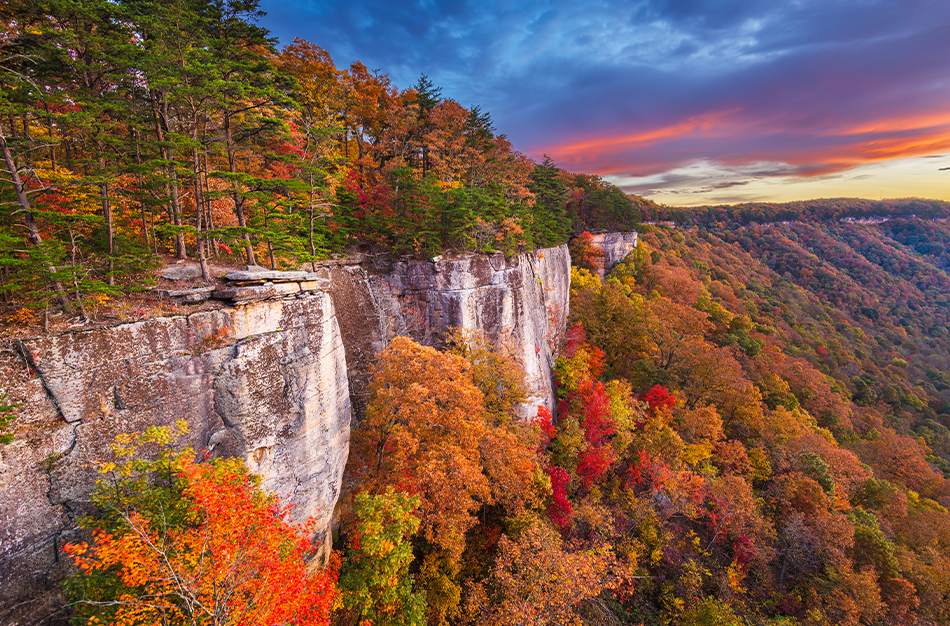
The New River Gorge National Park, which spans 70,000 acres, is home to various wildlife, including great blue herons, osprey, beaver, mink, muskrat, black bears, fox squirrels, etc.
The New River's elevation drops 750 feet in 50 miles, making for fantastic whitewater rafting terrain, and spring is when the water is at its most swollen and swift, making conditions ideal.
Whitewater rafting is excellent at New River, but it is only one of many outdoor activities that draw visitors. Others come for SUP, kayaking, canoeing, and catch-and-release fishing. Hiking, biking, and hunting are examples of land activities.

